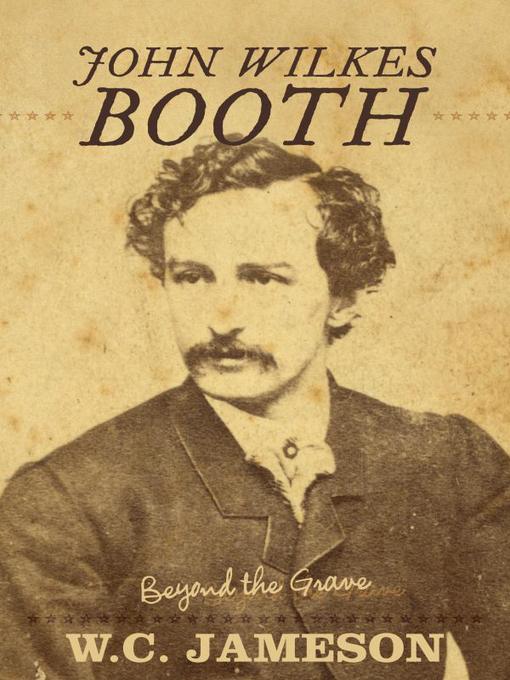
John Wilkes Booth
Beyond the Grave
کتاب های مرتبط
- اطلاعات
- نقد و بررسی
- دیدگاه کاربران
نقد و بررسی

May 27, 2013
The story is a familiar one: John Wilkes Booth assassinates Abraham Lincoln on April 14, 1865, at Ford’s Theater in Washington, D.C. The murderer escapes, but is soon discovered and fatally shot by authorities. Drawing on newly available papers and diaries in private collections, Jameson (Lost Mines and Buried Treasures of Tennessee), a descendant of Booth, challenges that well-known narrative, arguing instead that the assassin escaped capture and lived out his life traveling through Europe and India before returning to the United States. Following the incident at Ford’s Theater, Booth fled and was helped along the way by various friends and associates, including Dr. Samuel Mudd, who patched Booth’s injured leg. From here, Jameson’s version of history takes a different tack: the author opines that members of the government—some of whom were involved in a plot to kidnap Lincoln—lied about Booth’s demise and engineered a cover-up in order to save themselves: a Confederate soldier—not Booth—was the man killed at the Garrett farm. Further evidence of Booth’s survival comes in the form of letters to Kate Scott, Booth’s mistress, ostensibly penned by her suitor and postmarked in England and India. This provocative examination of Booth’s story is certain to generate impassioned debate among historians and Lincoln lovers. 6 maps. Agent: Sandra Bond, Bond Literary Agency.

November 1, 2013
Armed with newly discovered personal papers and diaries from private collections, Jameson (Butch Cassidy: Beyond the Grave), a descendant of the Booth family, disputes the accepted account of Abraham Lincoln assassin John Wilkes Booth being captured and shot 12 days after killing Lincoln. Rather, the author contends that Booth eluded capture in April 1865 with the aid of sympathizers, fled the country, and traveled in Europe and India before returning to the United States. Jameson also declares that highly placed members of Lincoln's inner circle--some of whom may have been involved in an earlier scheme to kidnap the president--lied that Booth was killed and orchestrated a cover-up in order to conceal their complicity. A Confederate soldier bearing a poor resemblance to Booth was, the story goes, the fugitive's stand-in and was burned and shot at the Garrett farm. Further evidence of Booth's survival? Letters to Kate Scott, the assassin's former mistress, allegedly written by him and mailed from abroad. They used the aliases John St. Helen and David E. George. According to Jameson, Booth committed suicide in Enid, OK, on January 13, 1903. VERDICT Lincolniana fans and conspiracy theorists everywhere, as well as some Civil War history buffs, will welcome the provocative ruminations here.--John Carver Edwards, Univ. of Georgia Libs., Cleveland
Copyright 2013 Library Journal, LLC Used with permission.

July 1, 2013
Can it be said that Americans enjoy few things more than a conspiracy theory? Just look at the persistence surrounding the supposed plot to kill President Kennedy. Though there are clouds surrounding the murder (thanks, Oliver Stone!), the legend has grown greater than the act itself. The same goes for Jameson's book, in which a crime has become a national folktale. A distant relative of Booth's, Jameson is on the trail of his ancestor who might not have been killed by federal troops after all (so say hushed relatives). Though the evidence is purely circumstantial and anecdotal, it is illuminating. It shines light on the ongoing obsession that there may be more to the story than we are privy to. If anything, this book simply poses questions that might never be answered. Aren't humans pattern-making creatures? Therefore, what events lend themselves to pattern making better than the conspiracy to kill a sitting president? Jameson intertwines wit, research, and family history into an enjoyable, albeit less than rigorous, read.(Reprinted with permission of Booklist, copyright 2013, American Library Association.)

























دیدگاه کاربران